Jacques Cousteau – opening a window to new worlds
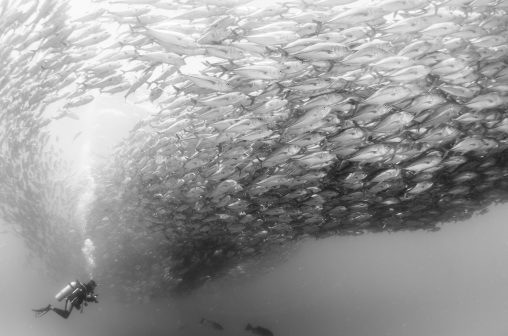
Whole generations grew up with the images brought to us by marine explorer Jacques Cousteau, as he introduced new worlds to a global audience. Today his work and legacy live on in the Cousteau Society.
It is fair to say that Jacques Cousteau’s was a life fascinated by and dedicated to the sea. A naval officer, explorer, conservationist, scientist and filmmaker, he captured the beauty of the oceans for us, achieving in person what Jules Verne’s futuristic imagination had his character Captain Nemo do in one of classical literature’s most bewitching tales of the sea.
Like Nemo, Cousteau’s domain was the ocean, a world whose immense and mysterious depths he plumbed and laid bare for all to see. A scientist, conservationist and educator at heart, this remarkable man chose to share the exploration of earth’s last remaining uncharted wilderness with the broad public, rather than keep it shrouded in the mists of scientific academia.
Drawn to the sea at a young age, he qualified from the École Navale as a gunnery officer before serving at the headquarters of the French Mediterranean Fleet in Toulon. It was here that he began to experiment with diving techniques and equipment, and eventually became the co-inventor of the Aqua Lung. It would be the precursor of many years spent below the water’s surface, and the moment that opened the oceans up to detailed exploration.
By the time he was thirty Cousteau was an expert diver, assimilating vast amounts of knowledge both official and learned at first-hand. Working with other marine experts he gradually expanded his focus and began to document his underwater research, thus becoming the first man to film the mysterious world beneath the waves. The scope of his work was extremely broad, encompassing the study of aquatic animal life, ecological systems and the geography and geology of the seas and oceans, as well as researching shipwrecks and underwater archaeology. In the process he uncovered HMHS Britannic and the 17th century French battleship La Thérèse.

Having left the navy in 1950, he founded the French Oceanographic Campaigns and leased the Calypso, the research ship that would become famous as an icon of his exploration and conversation work. The ship became a floating laboratory and film studio that drew scientists, researchers and millions of viewers the world over, as The Undersea World of Jacques Cousteau became a popular TV series. Involved in the pioneering development of many of the tools of his trade, including diving equipment and submersibles that could withstand the intense pressure of the ocean deep, Jacques Cousteau also made a name for his scientific observations – such as the accurate deduction that porpoises have sonar-like positioning abilities.
But his love of this powerful but also fragile world he came to know so well brought out the conservationist and campaigner in him, as when he raised public awareness of the French atomic commission’s intention to dump nuclear waste in the sea and helped to stop this practice in its tracks. In his books and in such organisations as the Confédération Mondiale des Activités Subaquatiques and the Cousteau Society for the Protection of Ocean Life, his love of the seas was clear to see, and Cousteau was to become a lifelong advocate of respect for one of our most important natural resources and international cooperation in its successful management.
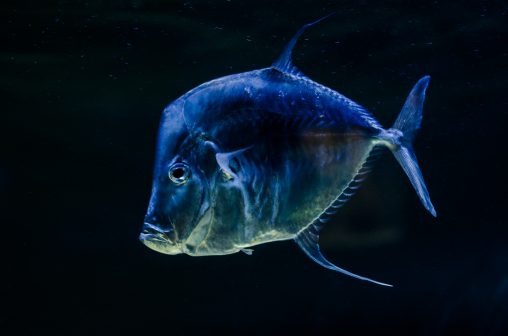
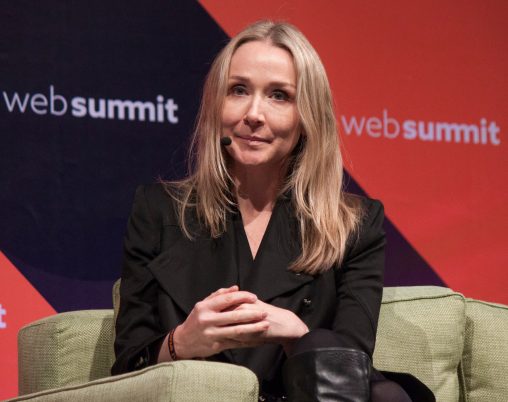
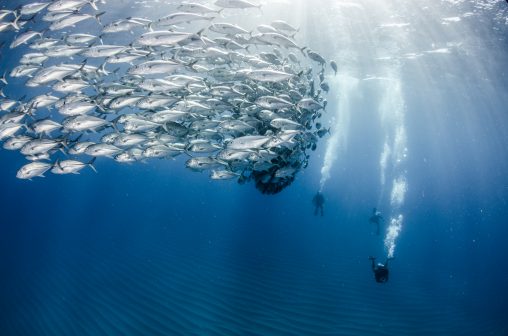
A family tradition
But he wasn’t alone in this, for his wife Simone Melchior, who worked with him, was the first female scuba diver and aquanaut, while son Philippe became a famous diver, pilot, oceanaut, film maker and conservationist in his own right. The couple would, however, pay a high personal price for their dedication to the sea, when Philippe died in a freak aeroplane accident on the Tagus River in Lisbon.
A promising career was cut short and the famous documentary maker was never to meet his son, Philippe Junior, who was born six months later. Daughter Alexandra Cousteau continues the work of her grandfather within the organisation he founded. The work and mission of Jacques-Yves Cousteau live on in the Cousteau Society, which counts on over 300,000 members and whose strap line, Custodians of the Sea since 1943, says it all.

Its activities range from expeditions and the raising of public awareness to conservation projects aimed at protecting endangered animal species, replanting on islands, regenerating coral reefs and cleaning up the detritus of man’s ever-growing pollution problem. Philippe Jr, like his father and grandparents, dives, films and produces documentaries aired on many different travel, science and nature channels to continue to raise awareness about the beauty and fragility of the seas.
A legacy handed over
One of those larger than life characters that come along only so often, Jacques-Yves Cousteau had it in him to be an author, document-maker, explorer, scientist, conservationist, educator and even a war hero who received military decorations for his actions against the Axis forces in the Mediterranean. And yet, perhaps his most important legacy is the way in which he inspired others to study, love and nurture the very oceans without which we cannot live.
“The sea, the great unifier, is man’s only hope. Now, as never before, the old phrase has a literal meaning: We are all in the same boat.” – Jacques-Yves Cousteau
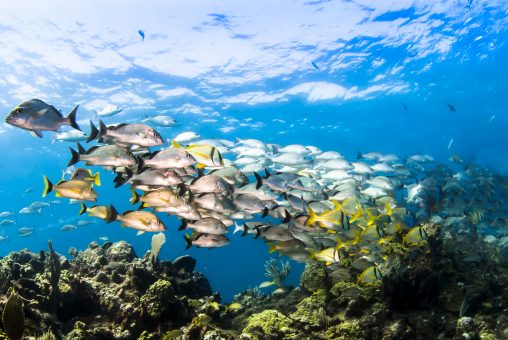
First published in Essential Magazine










